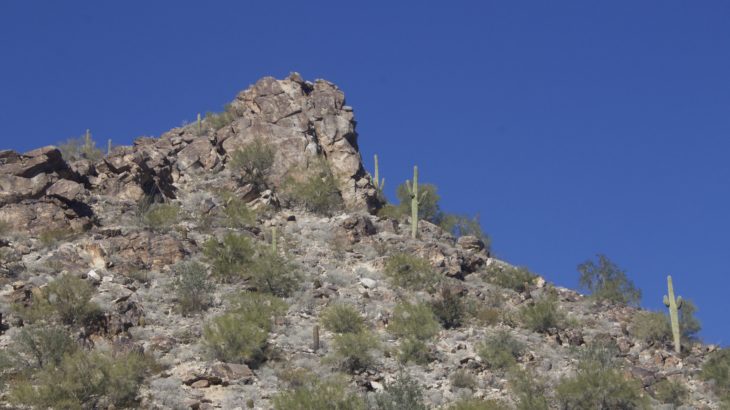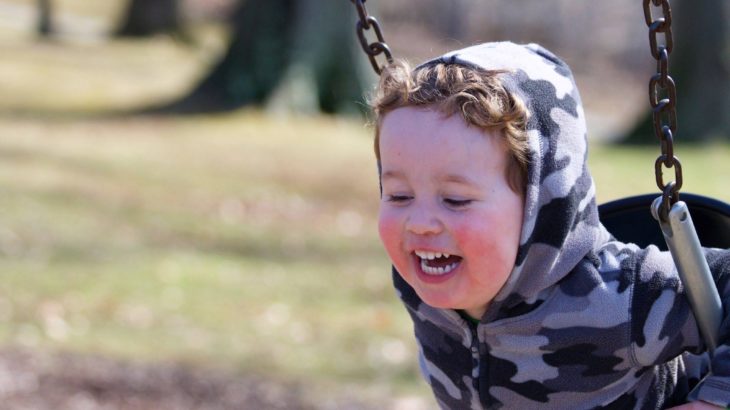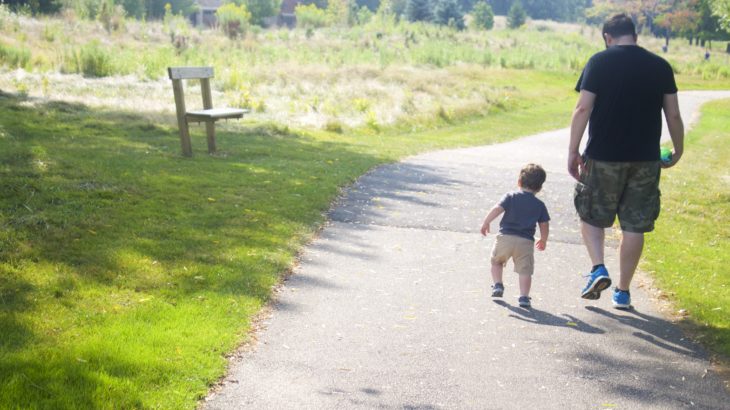Conservationist Series - John Muir
Environmental activist. Writer. Inventor. Ecologist. Travel Enthusiast.
The next time you visit a national park, you have conservationist John Muir partially to thank. Muir, often referred to as Father of Our National Park System, helped found five national parks in addition to founding the Sierra Club.Who is John Muir?
Born in 1838 in Dunbar, Scotland, Muir immigrated to the United States when was 11 years old. He and his family settled in Wisconsin. While living in Wisconsin, his curiosity and ingenuity led him to many inventions he would eventually show at the Wisconsin State Fair, including a horse feeder, table saw, and even a catapult-like device that tipped him out of his bed each morning before dawn (which sounds much more effective than a traditional alarm clock)! While Muir was a good student, he left Wisconsin after completing just three years of college. Instead of continuing a traditional education, he traveled the northern United States and Canada, picking up odd jobs along the way. One of these jobs left him with an eye injury that blinded him for a month and proved to be life-changing. After regaining his sight, Muir began experiencing wanderlust and longed to see the world. He walked 1,000 miles from Indianapolis to the Gulf of Mexico. He sailed to Cuba and Panama and ultimately settled in California (though he would continue to travel the world). His travels even took him on an extended trip to the Amazon when he was 73! "The mountains are calling and I must go," Muir said.
"The mountains are calling and I must go," Muir said.
A Love of Nature
Even with Muir’s wanderlust tendencies, he embraced the nature of the United States, and he was especially passionate about Sierra Nevada and Yosemite. Through his observations of Yosemite, he found living glaciers. His theories stated that Yosemite’s geological features were developed by this glacial activity. Besides his role in the development of Yosemite as a national park in 1890, Muir was also involved in the creation of parks for the Grand Canyon and Sequoia regions. “Everybody needs beauty as well as bread, places to play in and places to pray in, where nature may heal and give strength to body and soul," Muir said.
Muir also kept journals of his travels, writing about the beauty he saw in nature and drawing sketches of plants, animals, mountains, and landscapes.
“Everybody needs beauty as well as bread, places to play in and places to pray in, where nature may heal and give strength to body and soul," Muir said.
Muir also kept journals of his travels, writing about the beauty he saw in nature and drawing sketches of plants, animals, mountains, and landscapes.
Accomplishments
In addition to helping create some of America's national parks, Muir also founded an organization dedicated to preserving the environment so its beauty could be enjoyed for generations. The Sierra Club's mission, founded in 1892, strives to explore, enjoy, and protect the wild places of the earth. More than 100 years later, the Sierra Club is the nation's largest and most influential grassroots environmental organization. More than two million members and supporters help live out Muir's original mission of the Sierra Club. Muir also authored articles and books detailing his travels and philosophies. His 1901 book Our National Parks gained the attention of former President Theodore Roosevelt and led to a historic meeting of the two men where they discussed conservation programs. (Theodore Roosevelt will be featured in a future post in the conservationist series.) “In every walk with nature one receives far more than he seeks," Muir said.
“In every walk with nature one receives far more than he seeks," Muir said.
Connecting to Kids
Want to teach your own children about John Muir’s legacy? There are plenty of ways to accomplish this!State Quarter Coloring Page
If your children like to color, this activity will appeal to them! Print out a coloring page featuring the California state quarter (released in 2005), which highlights Muir and his love of nature. Find the coloring page here.
Children’s Books
Muir himself was the author of 10 major books, but there are also books that have been written about him for a children’s audience.
The Camping Trip that Changed America: Theodore Roosevelt, John Muir, and Our National Parks (Barb Rosenstock)
In this book, children can learn about the historic three-day camping trip taken by Muir and Theodore Roosevelt in 1903. Camping by themselves in an uncharted area of Yosemite, the two held discussions that would lead to the creation of our national parks. (Recommended ages: 6-8)
John Muir: America’s Naturalist (Thomas Locker)
Featuring quotes from John Muir’s actual writing and fully illustrated pages, children ages 4-8 will especially enjoy this book. This inspiring book will teach children about the values John Muir held so dearly.
Note: This book is part of an illustrated series of books by Thomas Locker introducing the young and old to great Americans who loved and wrote about the land.
Create a Nature Journal
John Muir kept journals about his adventures in the wilderness, and kids (and adults too) may enjoy keeping their own nature journal! Write down your thoughts on hikes and draw the beauty you experienced. You’ll have a great memento when your journal is finished!
To download a printable nature journal template from the Sierra Club, click here.
Quick Facts
- There is a minor planet named in his honor, Johnmuir, discovered in August 2004. The tiny planet measures just 1 mile in diameter.
- Muir is featured on the California state quarter along with Yosemite and a condor.
- Muir got to camp for three days with U.S. President Theodore Roosevelt.
- Muir had an adventure on an Alaskan glacier with his friend’s dog, Stickeen.
- A world-traveler, Muir visited every continent except Antarctica.
- Muir Woods National Monument, a grove of redwoods north of San Francisco, is named in Muir’s honor.
- Muir was married with two daughters. He greatly enjoyed walking with his girls and experiencing nature, which we all still enjoy today through Hike it Baby.
- Muir died on December 24, 1914, in Los Angeles.
Related Content




Comments